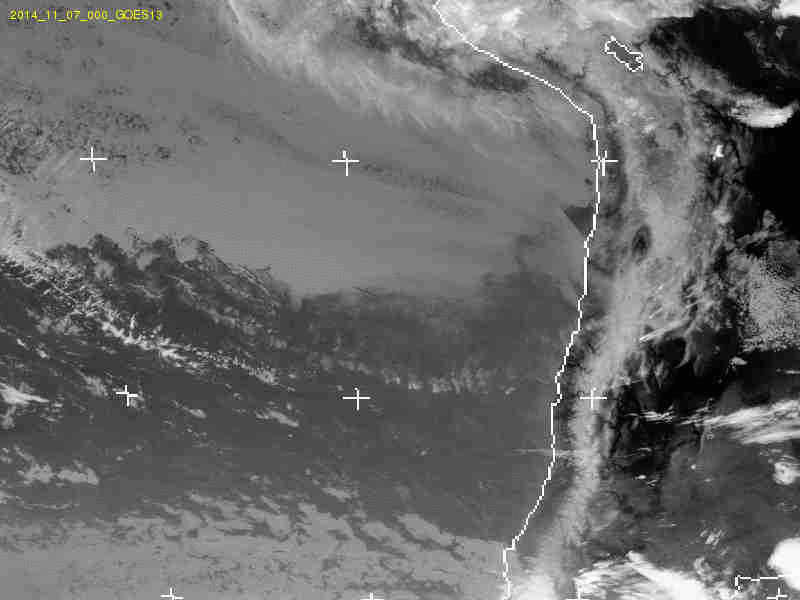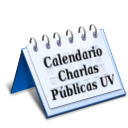Understanding how galaxies form and evolve as a function of cosmological time (z, redshift) is a key goal in modern astrophysics. Standard theoretical models address this problem in a framework assuming a Lambda-CDM cosmology, where the hierarchical gravitational grow of dark matter haloes trace the large-scale structure of the observed baryonic matter. This framework is governed by a set of differential equations which can be computationally solved by the powerful modern computers. Nevertheless, at galactic-scales the evolution is driven by dissipative non-linear processes which are far more complex than what the theory could predict. It is at this point where observations of different kind of galaxies, and clusters of galaxies, at all redshifts, become an essential ingredient to feed semi-analytical models of galaxy formation and evolution.
Remarkable progress in the study of galaxy formation has been made over the last decade, primarily through deep optical and near-IR observations. Although the cosmic history of star formation, and the build-up of stellar mass, have been well quantified as a function of galaxy mass and environment, through its peak at z ∼ 2 and back to the near-edge of cosmic reionization (z > 6), the mechanisms that shape such evolution and generate the variety of morphological classes that we observe in the local Universe are far from being constrained. While progress has been impressive, optical studies of galaxy formation are limited to the stellar and ionized gas emission, being plagued by uncertainties in the way in which photons are re-processed by the gas and dust particles. Studies at centimeter through sub-millimeter wavelengths are required to probe deep into the earliest, dust obscured phases of galaxy formation, to reveal the cool gas that constitutes the fuel for star formation in galaxies.
To understand the evolution of galaxies, it is necessary to tackle the physical mechanisms which could shut off their star formation. In the nearby Universe it has been found that he most important mechanisms are the “mass quenching” and the “environmental quenching” of galaxies. The first relates to internal processes such as AGN activity, while for the latter, several mechanisms have been proposed, including ram-pressure stripping of galaxies by the intracluster medium, and gravitational interactions between galaxies.
Our research group has endeavoured various campaigns for characterising the formation and evolution of galaxies as a function of redshift, mass and cosmic environment. These days, the most remarkable collaborations in which we are involved are:
- ALMA follow-up campaigns (e.g. VALES at z<0.35) to characterise the clod gas and dust of galaxies selected from the largest extragalactic surveys taken by the Herschel Space Observatory, H-ATLAS and HerMES.
- Matched VLT IFU and ALMA imaging at sub-arcsecond resolution of H-alpha emitting star-forming “normal” galaxies at the peak of the cosmic star-formation rate density (from HiZELS and KGES surveys),
- ALMA observations for obtaining deep wide-field sub-millimetre imaging and spectroscopy in fields previously observed by the Hubble Space Telescope, including the HUDF and the Frontier Fields,
- The Gas Stripping Phenomena in galaxies (GASP) survey of “jellyfish” galaxies with MUSE/VLT, which collected data for 114 galaxies selected from the WINGS survey.
- The Blind Ultra Deep HI Environmental Survey (BUDHIES) of galaxies in and around clusters at z~0.2.
Primary researchers in this area:
Eduardo Ibar - Yara Jaffé - Graeme Candlish
Students: Hugo Méndez (PhD), Rosamaria Carraro (PhD)
Postdocs: Thomas Hughes, Alejandra Muñoz-Arancibia, Gustavo Orellana
Past postdocs: Cheng Cheng, Roger Leiton



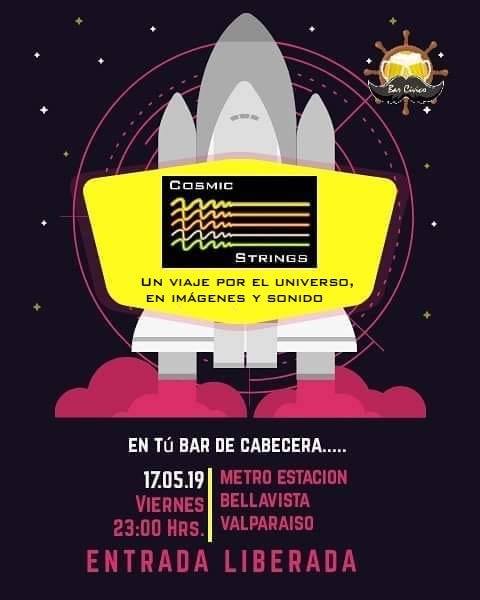 16/05/20019 Este viernes 17 de mayo se viene con un panorama de otro planeta, con el show astronómico de la banda Cósmic Strings integrada por varios investigadores del Instituto de Fisica y Astronomia. La actividad, de entrada liberada, tendrá lugar a las 23:00 horas en el Bar Cívico, ubicado en calle Blanco 1273, Valparaíso, cercano a la estación Bellavista del Metrotren. La música inspirada en planetas y...
16/05/20019 Este viernes 17 de mayo se viene con un panorama de otro planeta, con el show astronómico de la banda Cósmic Strings integrada por varios investigadores del Instituto de Fisica y Astronomia. La actividad, de entrada liberada, tendrá lugar a las 23:00 horas en el Bar Cívico, ubicado en calle Blanco 1273, Valparaíso, cercano a la estación Bellavista del Metrotren. La música inspirada en planetas y...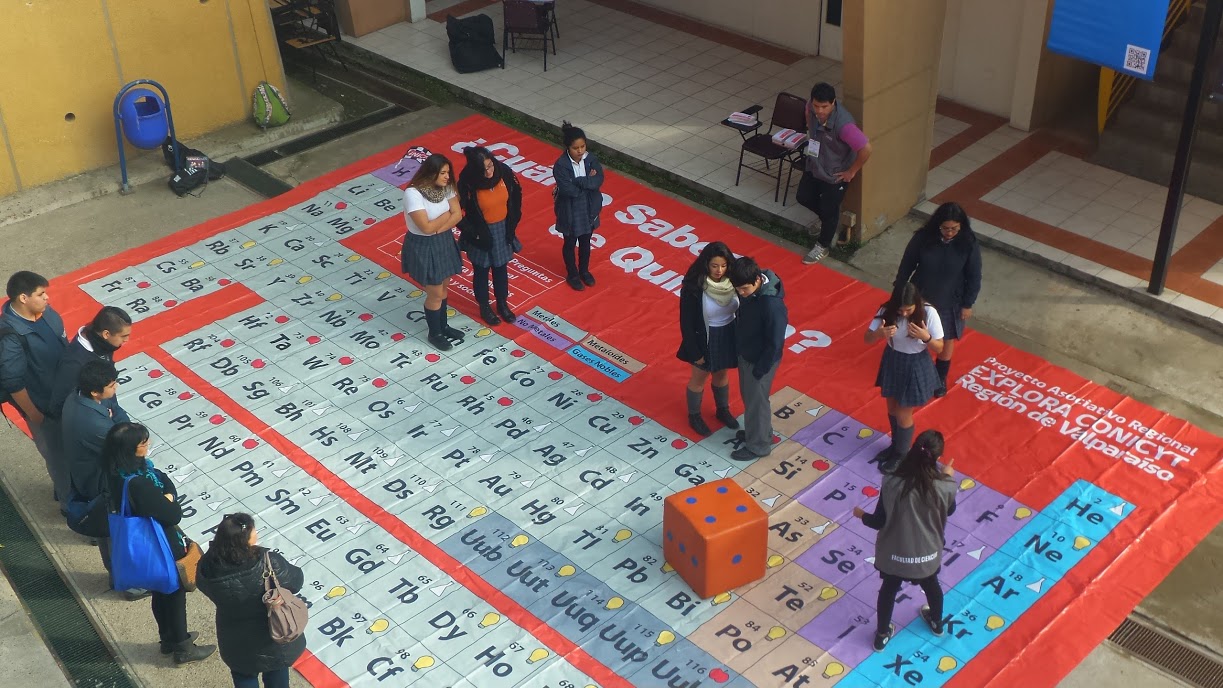 16/05/2019 Como ya es tradición, el viernes 24 de mayo, el Instituto de Física y Astronomía formará parte de la Feria de la Ciencia que cada año la Universidad de Valparaíso realiza para público escolar de la región. El objetivo es ofrecer a escolares y comunidades locales una muestra de actividades prácticas de investigación y formación en un espacio académico. Los alumnos tienen la po...
16/05/2019 Como ya es tradición, el viernes 24 de mayo, el Instituto de Física y Astronomía formará parte de la Feria de la Ciencia que cada año la Universidad de Valparaíso realiza para público escolar de la región. El objetivo es ofrecer a escolares y comunidades locales una muestra de actividades prácticas de investigación y formación en un espacio académico. Los alumnos tienen la po...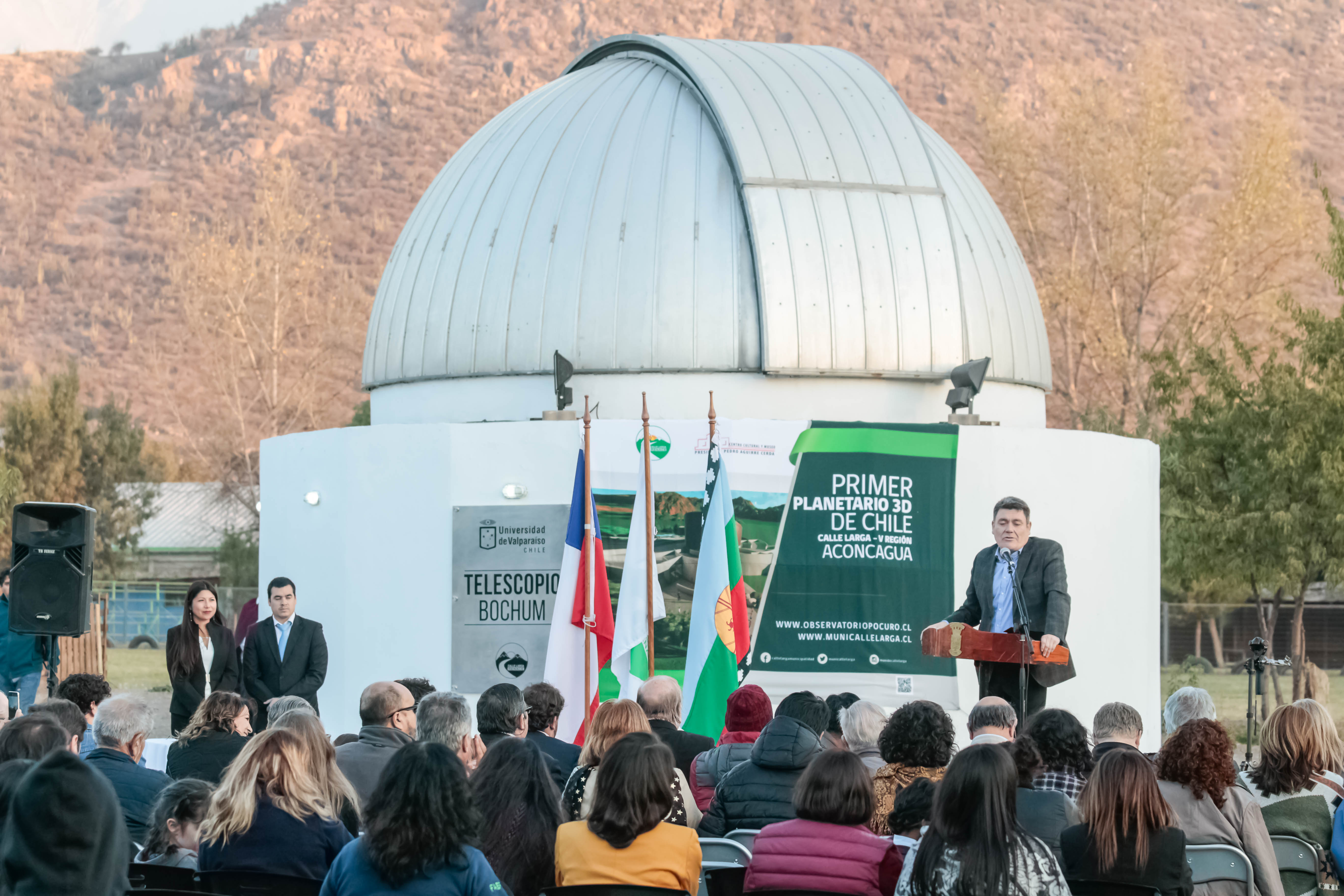 14/05/2019 La comuna de Calle Larga, distante 137 kilómetros de Valparaíso y sólo 75 de Santiago, inicia su despegue como nuevo epicentro astronómico de la zona central del país gracias al desarrollo que ha experimentado el Observatorio Pocuro, ubicado en el Centro Cultural Pedro Aguirre Cerda.
Este camino se ha ido pavimentando con la colaboración de la Universidad de Valparaíso, al establecer una...
14/05/2019 La comuna de Calle Larga, distante 137 kilómetros de Valparaíso y sólo 75 de Santiago, inicia su despegue como nuevo epicentro astronómico de la zona central del país gracias al desarrollo que ha experimentado el Observatorio Pocuro, ubicado en el Centro Cultural Pedro Aguirre Cerda.
Este camino se ha ido pavimentando con la colaboración de la Universidad de Valparaíso, al establecer una... 14/05/2019 La Dra Maja Vuckovic participará como expositora en la escuela de verano “Pulsaciones Estelares a lo largo de la evolución estelar” que se llevará a cabo en La Plata, Argentina entre el 11 y el 22 de noviembre.
El evento es una de las actividades astronómicas del año destacadas por el Boletín de Estrellas Masivas (Massive Star Newsletter) y se enmarca como parte del proyecto POEMS, Marie Curie Horizon 2020, d...
14/05/2019 La Dra Maja Vuckovic participará como expositora en la escuela de verano “Pulsaciones Estelares a lo largo de la evolución estelar” que se llevará a cabo en La Plata, Argentina entre el 11 y el 22 de noviembre.
El evento es una de las actividades astronómicas del año destacadas por el Boletín de Estrellas Masivas (Massive Star Newsletter) y se enmarca como parte del proyecto POEMS, Marie Curie Horizon 2020, d...
 10/05/2019 Utilizando observaciones submilimétricas del disco de escombros alrededor de la estrella debaja masa TWA 7, un grupo internacional de astrónomos liderado por la investigadora del IFA y Directora del NúcleoMilenio de Formación Planetaria Amelia Bayo, concluyó que la arquitectura asumida para esteobjeto es diferente a lo qu...
10/05/2019 Utilizando observaciones submilimétricas del disco de escombros alrededor de la estrella debaja masa TWA 7, un grupo internacional de astrónomos liderado por la investigadora del IFA y Directora del NúcleoMilenio de Formación Planetaria Amelia Bayo, concluyó que la arquitectura asumida para esteobjeto es diferente a lo qu...